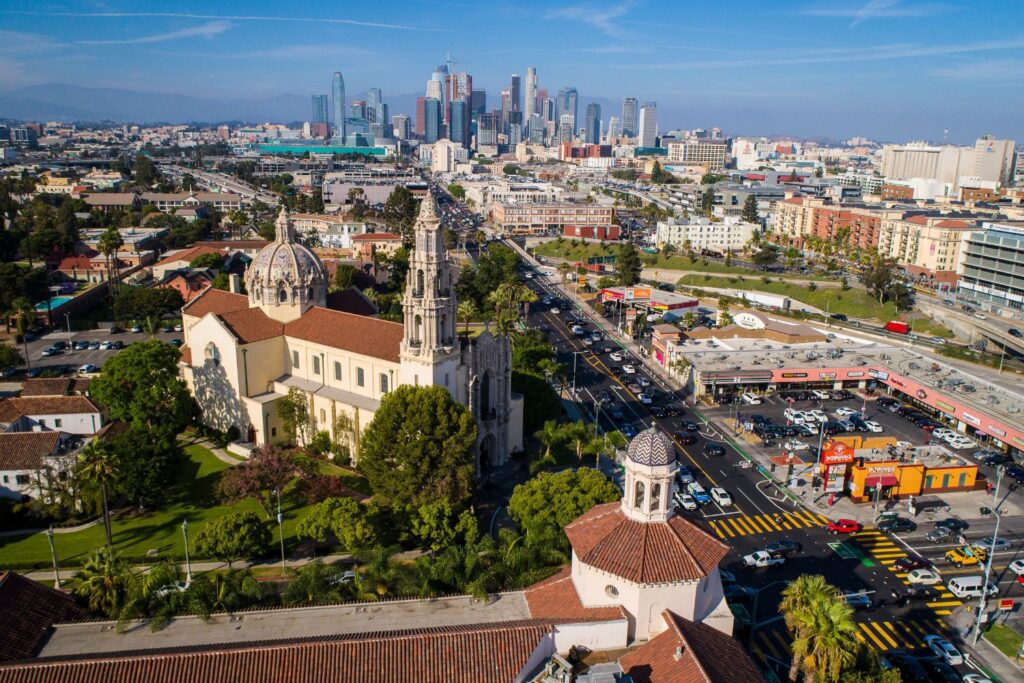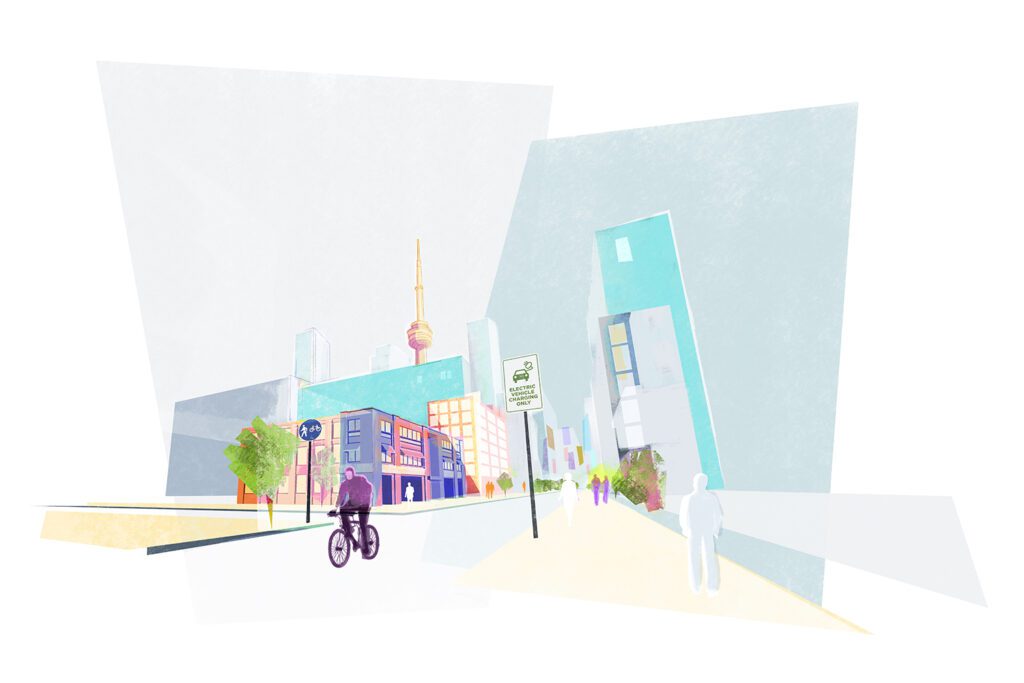
City of Toronto – Thermal Comfort Guidelines
Toronto, Canada
Project details
Client
City of Toronto
Collaborator
Dialog (Toronto)
Duration
2023
Services provided by Buro Happold
The City of Toronto has identified the need to update guidance related to thermal comfort in the public realm, through city guidelines, standards and policies. Following the global Covid pandemic, it has never been more important to protect the quality and comfort of public realm that serves and is enjoyed by all in the city.
Providing a comfortable public realm is also an important factor when planning for city resilience in the face of climate change. The way the urban environment is planned, designed, and laid out can have a significant impact on the thermal comfort of residents.
Challenge
Experts from Buro Happold’s Sustainability and Building Physics teams were appointed to work alongside consultants Dialog to plan the study, with the aim of establishing guidelines for achieving a comfortable, high quality public realm.
External urban comfort is a key factor in a successful and equitable city, increasing livability and sustainability in the public realm. External urban climate is a complex subject that requires in-depth analysis. Our teams examine and incorporate the potential role of surrounding areas, massing, vegetation, wind, shade, local climate and cultural context.
Toronto’s thermal comfort study comprised three stages: 1.) background research and analysis, 2.) drafting recommendations for the city and 3.) an official plan and guidelines for implementation. To achieve this, we would need to build a detailed understanding of the seasonal weather variations in the city, alongside working with a robust prediction for the impact that global warming will have in Toronto in the coming decades. From this we would need to digitally simulate different developmental scenarios for different parts of the city to show the importance and impact of careful planning on the thermal comfort of residents.

Solution
Throughout the study’s first and second stages, our experts supported the team at Dialog to conduct various stakeholder and public consultations, including online surveys, indigenous engagements, and internal consultations with various city divisions and the Design Review Panel. We then undertook detailed, simulation-based analyses to outline the impacts of key comfort enhancement strategies in various locations throughout the city. The locations were chosen to be comprehensive representatives of Toronto’s unique climate, geography, density, zoning and equity evaluated neighbourhoods.
This innovative study was the first of its kind in North America, combining the wind, sunlight and other parameters together to develop an holistic understanding of the quality of the public realm and shared outdoor amenity space. A key aspect of our work was formalising a methodology through the development of new exterior thermal comfort analysis workflows.
Although similar studies have been executed in London and Athens, a tailored approach was required to respond to the unique needs of the City of Toronto. The comfort band and the seasonality were important considerations, in addition to the need to examine cold weather comfort. This insight was used to inform thermal comfort recommendations which provide guidance on achieving a high-quality, resilient public realm. We were however able to deliver significant added value and accelerated results for the client by bringing with us both our learning and our detailed statistical code from other similar projects around the world, particularly from the London project.

Value
Our team’s commitment to transforming and enhancing urban communities makes us the ideal partner for exploring and integrating environmentally driven, people-centric design approaches. We understand that the impacts of climate change are becoming a greater threat to how we live and work in cities like Toronto. Good thermal comfort in exterior environments is crucial to enhancing the public realm for communities’ health and wellbeing and economic resiliency.
For the City of Toronto, the outcomes of the study provide a vital tool for ensuring public spaces remain comfortable as climate change progresses, with expected hotter and wetter summers. Adopting the guidelines should result in manifold benefits for the city. These include a reduction in heat-related illnesses and improvements to the mental and physical health of communities served by these spaces














